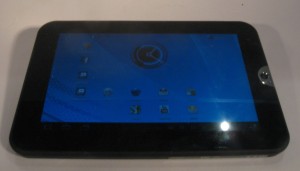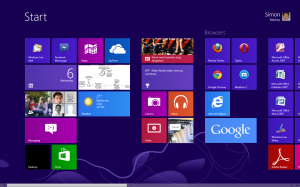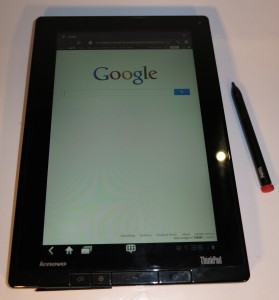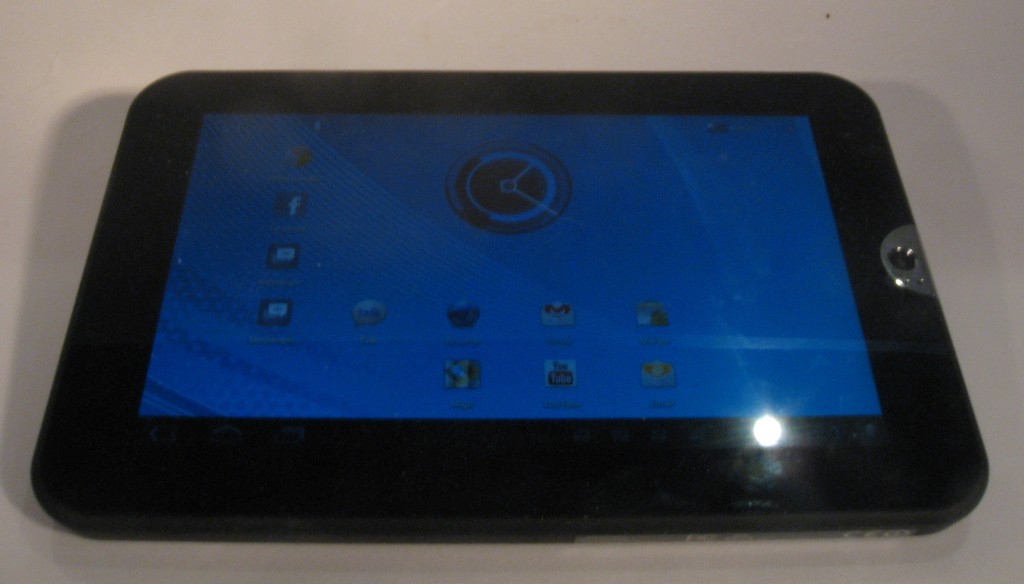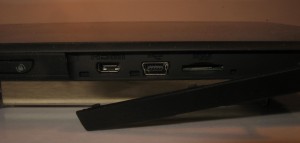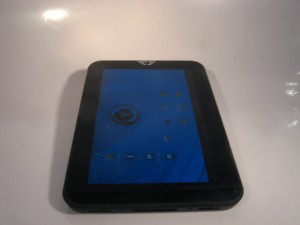The computer in the tablet-driven world
At the moment, the tablet computer is being seen as a device to replace regular laptop and notebook computers as the commonly-used portable computing device. But I see the tablet and laptop being able to work complimentary to each other.
For example, I would see the laptop or notebook as being used for long-term intense work such as content creation whereas the tablet can be used for “at-a-glance” reading and browsing. The devices that are able to assume both functions, whether as a detachable-keyboard “hybrid” or a convertible with a “swivel-screen” or “slide-out screen” can provide a bridge between these functions.
This has been augmented by Windows 8 being able to facilitate the “best of both worlds” for content creation when used with a convertible or touch-enabled computer. Here, the “Modern” user-interface can become a dashboard and some of the applications optimised for this interface set themselves up to allow you to read or browse. Whereas you may be able to run a Desktop application which adjusts itself for content creation with the regular keyboard and mouse as the control tools.
The tablets that are run using Android, iOS and Windows RT perform their complementary tasks very well and work the part for ad-hoc viewing.
What kind of tablet?
For example, the 7” units like the Apple iPad Mini, the Google Nexus 7 and the Toshiba AT1S0 are good for bring-it-out-at-the-moment applications where you keep the unit in your handbag or coat pocket. Here you could provide a link to Websites that you need to show others or keep reference material like PDF-printed manuals or online Bibles on these devices.
Conversely, the 10” units like the Apple iPad, the Acer Iconia A500 Series or the ASUS Transformer Prime are good for reading, viewing and surfing in the couch although the small Windows 8 convertible and hybrids could satisfy the same game. You could even view photos and video material comfortable and personally on these devices. In some cases, most of these tablets have a way of showing the pictures held on our camera’s or camcorder’s SD card either through an integrated card slot, a third-party “On The Go” cable and SD card reader or, in the case of an Apple iPad, an SD card adaptor.
If you are thinking of one device, I would place the convertibles as being suitable for this purpose. A detachable-keyboard “hybrid” computer can work well when you want the benefits of a lightweight tablet but want to be able to have a keyboard that you don’t have to bring along with you. On the other hand, it is worth looking at the “convertibles” which have the screen able to be arranged as if a tablet yet they become a regular laptop computer.
It would be hard to think of a screen of 12” or lager as being suitable for touch-based computing on a tablet computer but the convertibles and detachable-keyboard hybrids of this size would also come in to their own when you use the keyboard. Conversely, the 10”-11” computers may be awkward with content creation when you use the keyboard yet the are a natural for touch-based “browsing”.
Here, you would have to place weight on what you are wanting to use this computer for and choose the size of screen you want. As well, it is worth getting as much RAM and secondary-storage capacity as you can afford when you buy these computers so you can multitask easily and have room for the programs and data you take along with you.

